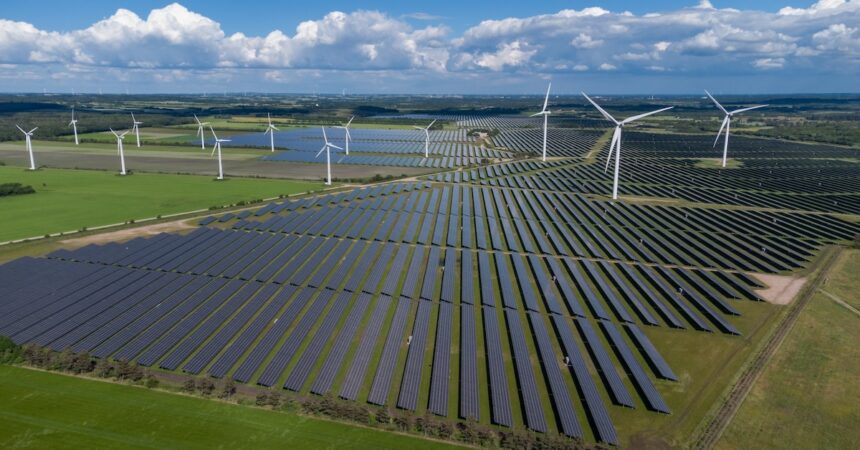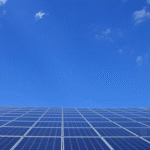Unlocking Africa’s Climate Potential: A Call for Innovative Financing
By Katie Hill, Expert Partner, Boston Consulting Group in Nairobi
Africa holds 40% of the world’s solar energy potential, yet lacks the necessary capital to harness it fully. This capital gap not only hinders progress but also poses a threat to global climate efforts. Additionally, Africa possesses 65% of unused arable land, making it a prime candidate to become a climate-smart food basket with the right financial support.
Challenges in Traditional Capital Deployment
Private capital, which has been successful in developed markets, faces structural barriers in Africa. While 20% of climate finance in the United States comes from private equity and venture capital, in Africa, this number drops to less than 5%.
Africa’s natural assets, such as its tropical forests that sequester significant amounts of carbon dioxide, present unique advantages. With minimal legacy fossil fuel infrastructure, the continent has the opportunity to build climate-resilient infrastructure from scratch.
Consequences of the Capital Gap
Research shows that many climate ventures in Africa struggle to scale, with 75% remaining below $20 million in annual revenue after years of operation. This isn’t due to flaws in their business models but rather a failure of the financing ecosystem to match risks with appropriate capital structures.
Addressing Structural Impediments
Foreign exchange volatility, a significant deterrent to international investment in African climate solutions, poses a major challenge. Recent currency devaluations in countries like Nigeria and Egypt have wiped out returns on local investments, leading global investors to demand high premiums for investing in Africa.
Local capital markets also present obstacles, with commercial banks favoring high-yielding government securities over private sector lending. To overcome these challenges, innovative approaches like risk layering and local market development are necessary.
Opportunities for Progress
Development Finance Institutions (DFIs) can play a pivotal role in helping climate capital markets evolve by derisking opportunities for larger institutional investors. Regulatory changes, like Nigeria’s recent update allowing greater allocation to infrastructure and private equity investments, show promise in building resilient capital markets.
Asset-light business models and securitisation offer additional pathways to efficiency. Companies like d.light and SunKing have raised significant funds through receivables securitisation, enabling renewable energy access to millions. Electric vehicle startups are also exploring franchising models to avoid capital-intensive scenarios.
Conclusion
The climate challenge requires scalable solutions, but current financing mechanisms in Africa fall short. Collaborative efforts across the investment ecosystem—from policy makers to institutional investors—are essential to translate Africa’s climate advantages into impactful outcomes for the region.








